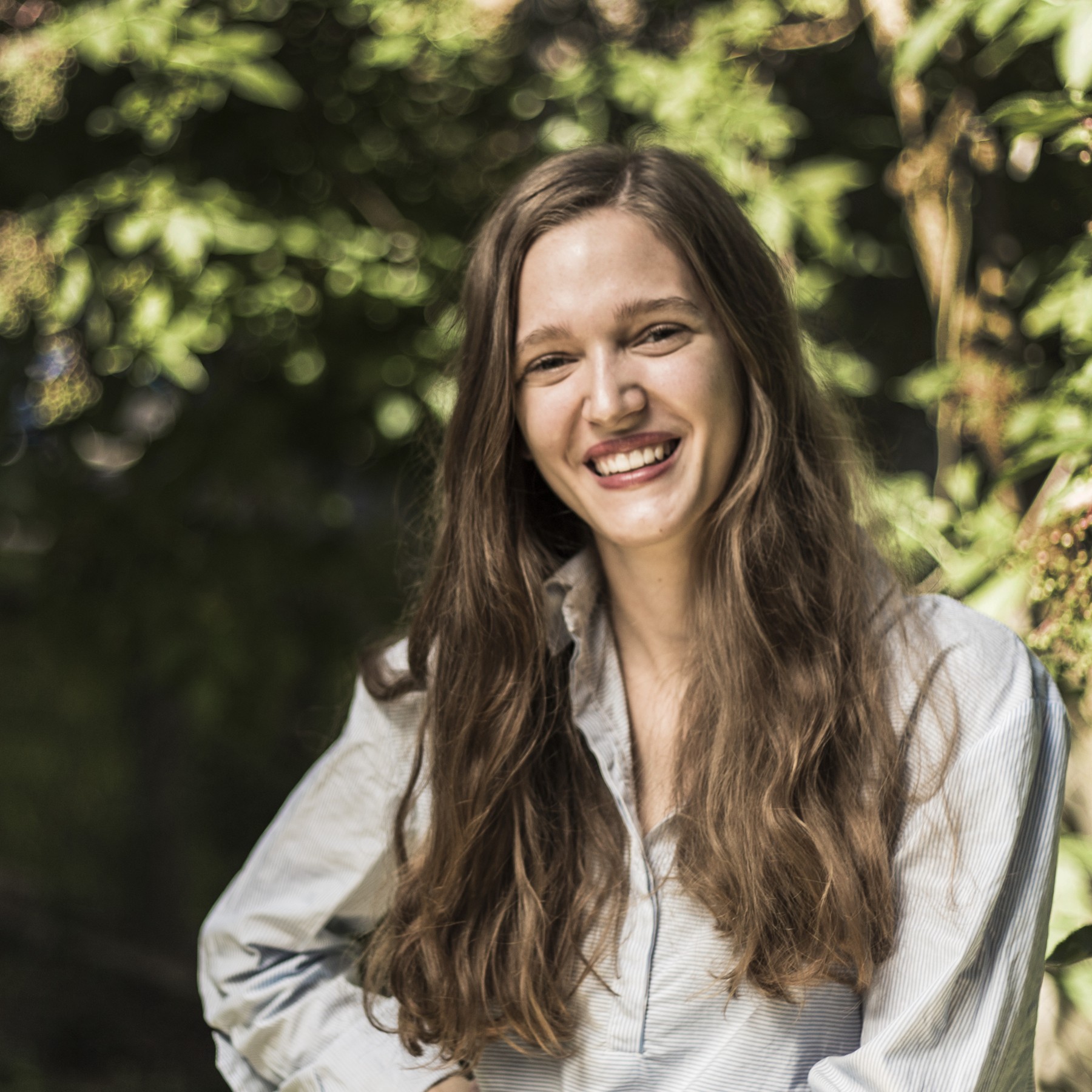Sustainable buildings provide plenty of environmental, economic, and social benefits. So why are we hesitant to build more of them? A common explanation (and misconception!) is that they are simply too expensive. To bust this and other myths around financing the construction of sustainable buildings, we talked to CityChanger Andreas Hofer.
With buildings and the building construction sector accounting for 38% of energy-related CO2 emissions, the call for more sustainable buildings is growing louder. Despite the many benefits of sustainable buildings, however, some people are still hesitant to take action. Especially once they have taken a look at the costs involved in sustainable construction. But is this reaction really justified?
For you, we have scratched beneath the surface of financing the construction of sustainable buildings. Let’s hear what industry expert Andreas Hofer has to say!
Meet the Brain Behind IBA’27
Andreas is a city development and housing expert. He studied architecture at the Swiss Institute of Technology and masterminds IBA’27 – the International Building Exhibition in Stuttgart planned for 2027. As the artistic director of the exhibition, he is responsible for its content.
Topics covered at the exhibition include the future of urban centres, green mobility, and the revitalisation of urban riversides. However, Andreas’ expertise reaches far beyond these topics. In our interview, he talked about many other issues relevant to CityChangers: urban density, affordable housing, and – you might have guessed it – financing sustainable buildings.

The Problem With Building Sustainably
Even though green buildings do bring plenty of benefits, they are often a matter of concern to officials and investors. The main reason for their worries: money. As an UN-Habitat guide states: “Finance has been identified among the most important barriers for the adoption of green building designs.”
Building sustainably frequently involves higher costs due to advanced design work, new technologies, innovative materials, and other (costly) efforts to minimise the ecological impact of the building.
The Upside of Building Sustainably
Yet, despite these costs, Andreas notes:
“Overall, it is a myth that building sustainably is more expensive.”
It is fear rather than actual numbers hindering people from investing in sustainable buildings. Those who do look at the numbers realise that the costs for new technologies and co that occur during the construction process are equalled out throughout the lifecycle of the building. According to Andreas, designing ecologically ultimately means building economically. Factoring in sustainability from early on can help make buildings more efficient in the long run. And more than that: sustainable buildings present a real investment case.
The (Investment) Case for Sustainable Buildings
Andreas observes that investment in the construction of sustainable buildings is increasing. He notes: “Especially in terms of large institutional investors, insurance companies, and the like. They are definitely already thinking about investing in sustainable construction and, of course, they don’t want to be left sitting on stranded assets in 10 years’ time or no longer receive any loans at all.”
What Andreas is referring to is the fact that sustainable buildings are not only equally as expensive as ‘normal’ buildings but might in the future actually be cheaper. With climate change legislation underway or already in place in many countries, non-compliant buildings will lose economic value and might end up as stranded assets or even face legal action. Green buildings, in contrast, present what the International Finance Corporation (IFC) calls “a $24.5 trillion investment opportunity”.
To list just a few economic benefits of green buildings:
- They have up to 37% lower operational costs.
- Sustainable building construction encourages the creation of new, skilled jobs.
- Green buildings’ occupancy rates are up to 23% higher.
Talking about the investment case of sustainable buildings, Andreas says: “When we take the whole lifecycle into account and consider it as a property, the truth becomes clear anyway.”
Getting Stakeholders and Investors on Board
While sustainable buildings pay off in the long run, the question of upfront affordability cannot simply be dismissed. Yet, we should not cut corners either. As Andreas puts it: “When you start trying to realise the project, then you start to think, ‘ah, it is slightly more expensive than we thought’. So then come the endless rounds of savings whereby you really have to fight so that the savings aren’t made in crucial areas.”
However, he then adds: “I honestly believe that the people who work with us are all-in and don’t just want to make money quickly.” The lesson we learn from this: when building sustainably, choosing the right partners who aren’t scared away by upfront costs is key.
When asked how CityChangers can find the right partners, Andreas is quick to reply: “Look for partnerships everywhere: There are – often forgotten – cooperatives, social institutions, foundations, certain pension funds, other housing associations, and maybe also private investors that could become part of your project.”
Once you have an idea of whom you want to partner with, communication is the key to success. As Andreas puts it:
“To get investors and stakeholders on board, I suggest being unprejudiced and open-minded. Lack of money has never stopped a project I know. It has always been prejudice, inner conflicts, anxiety, or people wearing ideological blinkers.”

With a Little Help From Your Funds
If you need a starting point in your search for financial support, here you find three interesting initiatives:
European Local ENergy Assistance (ELENA)
ELENA is an initiative by the European Investment Bank (EIB). It aims to provide “technical assistance for energy efficiency and renewable energy investments”. Put simply, ELENA financially and technically supports green building and mobility projects. Costs covered by ELENA might include but are not limited to:
- legal and financial advisory,
- feasibility and market studies,
- energy audits.
For more information and concrete eligibility criteria, check out this PDF.
Loans by The Council of Europe Development Bank (CEB)
The CEB gives out loans for “economically and socially viable projects that promote social cohesion”. Governments, local and regional authorities, as well as certain public and private institutions from the CEB’s 42 member states are welcome to apply for loans.
For more information, visit the CEB’s project financing subpage.
European Bank for Reconstruction and Development (EBRD) Green Cities
EBRD Green Cities is more than a simple fund. It is a holistic programme helping cities to work towards a more sustainable future. The programme initiates the set-up of a concrete action plan, provides technical support, and aids sustainable infrastructure investment. Cities in EBRD regions are eligible to apply.
Financing Sustainable Buildings in a Nutshell
Sustainable buildings do not only bring environmental, economic, and social benefits. They also represent a real investment case and might in the future even be cheaper than ‘normal’ buildings. Still, financing the upfront costs of sustainable construction poses a challenge. This challenge can, however, be overcome with the right partners by your side and access to good financial support.
For you CityChangers, Andreas has a final piece of advice: “Currently, there is more money out there than there are good ideas. Your project needs to be good, free from self-interest and narrow-mindedness. Rather think too big than too small. Think about the future and make your contribution to it.”
If you are interested to read more about people driving change in sustainable construction, why not head over to our article about CityChanger Birgit Rusten, the co-founder of FutureBuilt.


